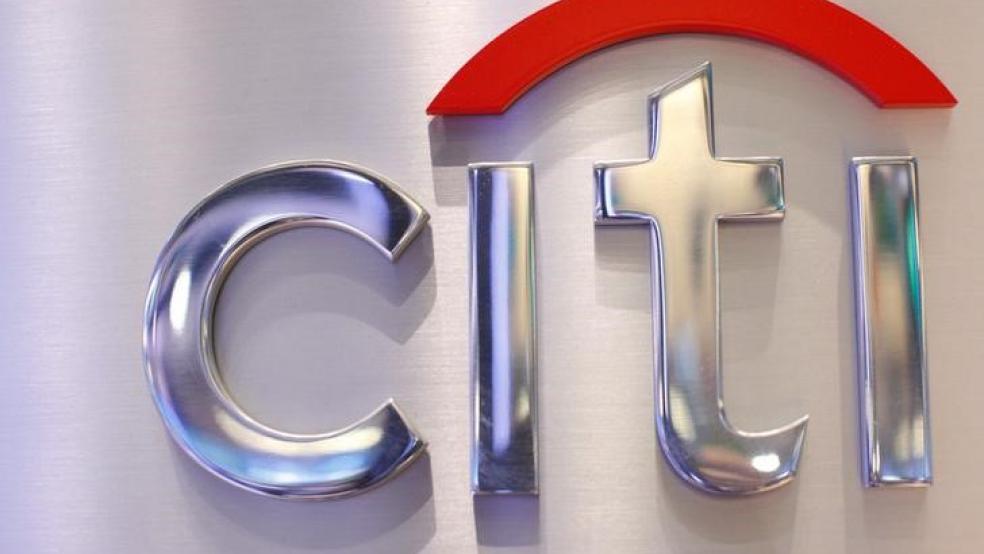Despite high levels of economic confidence expressed by business owners and consumers, one key indicator shows that it has not translated into much action yet.
Loan issuance declined in the first quarter from the previous three-month period, the first time that has happened in four years, according to an SNL Financial analysis of bank earnings reports filed for the period. The total of recorded loans and leases fell to $9.297 trillion from $9.305 trillion in the fourth quarter of 2016.
Related: As the US Pulls Back, China Boosts Global Trade on a New Silk Road
The decline was slight — just 0.1 percent — but significant both in the larger picture and because of the main reason for the drop.
Commercial and industrial lending, considered an economic bellwether, usually pops this time of year as companies prepare for the construction season again. Instead, 2017 began with just a 0.9 percent rise in C&I transactions, a gain that couldn't offset the normal seasonal drop in credit card loans.
In addition, the lending picture was hampered by an unusual decline in auto loans, which fell for the first time since banks started reporting on them in 2011.
Overall, the business climate, at least measured by the willingness to take on debt, remains cautious.
"It's unclear what's going on right now. There may be caution because of political uncertainty both on the monetary policy side and the fiscal policy side," said Ernie Tedeschi, economist at Evercore ISI. "It's one of those things that we're going to have to see how it evolves over the next couple of quarters."
More seeds of doubt
The year thus far has started with a broad gap between soft and hard data — the former showing strong levels of confidence from businesses, investors and individuals; the latter registering actual economic activity that has failed to live up to the sentiment indicators.
Related: Why Wall Street Doesn't Care About Chaos in the Trump Administration
In the first quarter, GDP grew only 0.7 percent and job growth tailed off in March after a strong first two months. Corporate profits, though, grew nearly 15 percent and the outlook for the second quarter is less pessimistic than the norm.
Where the lending data fit in is a puzzle for the Trump administration, which believes a pro-growth agenda that has languished in Congress will spur more growth. If it doesn't, that could jeopardize the stock market rally, though practically everyone thinks the economy will accelerate at least somewhat through the year.
Much of the focus thus far has been placed on weak retail numbers as the big economic stumbling block. But an unwillingness by consumers and businesses to borrow could be a bigger problem.
"We're keeping an eye on it. It could be a canary in the coal mine for some problems down the road," Tedeschi said. "We are far from the point of embracing that hypothesis."
To be sure, the decline in lending didn't stop banks from otherwise having a strong quarter.
Net income rose 1.7 percent on a quarterly basis and 12.7 percent from a year ago to $43.97 billion, according to SNL. Net interest margin, or the difference in investments compared with expenses, increased three-tenths to 3.13 percent.
And despite falling from the previous quarter, loans grew on an annualized basis, increasing 4 percent, while deposits rose 1.5 percent from the fourth quarter and 5.3 percent from the year-ago period.
Tobias Levkovich, chief U.S. equity strategist at Citigroup, said in a note that the C&I weakness was due to declines in energy but "the backdrop has bettered materially." He expects loans to rebound in the second half "and carry over to 2018, if more than 25 years of history is any guide."
Still, the lending issues confirm a slower start to the year than expected, and could continue if Congress does not make at least some material progress on the much-vaunted tax reform proposals from the Trump administration.
"It thus appears that the key post-election story continues — i.e. while optimism is high everybody is in wait-and-see mode pending details on tax reform from the new administration," Hans Mikkelsen, head of high-grade credit strategy at Bank of America Merrill Lynch, said in a recent note. "The longer this lasts the greater the risk of more weakness in hard data."
This article originally appeared on CNBC. Read more from CNBC:
Railroad wars: Chinese imports could imperil 65,000 US jobs
Rich could get nearly $2 trillion tax cut under Trump's tax loophole
New Miss USA ignites social media firestorm by calling health care a 'privilege,' not a 'right'

